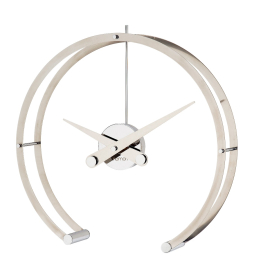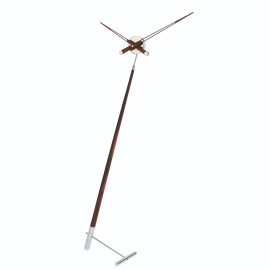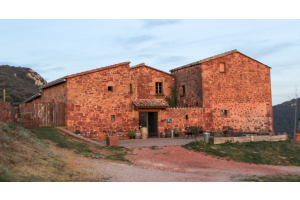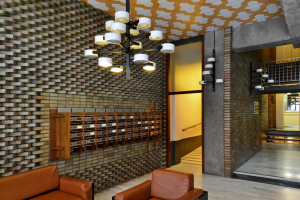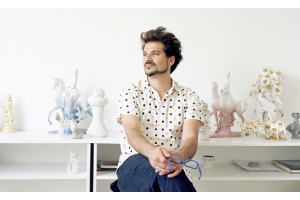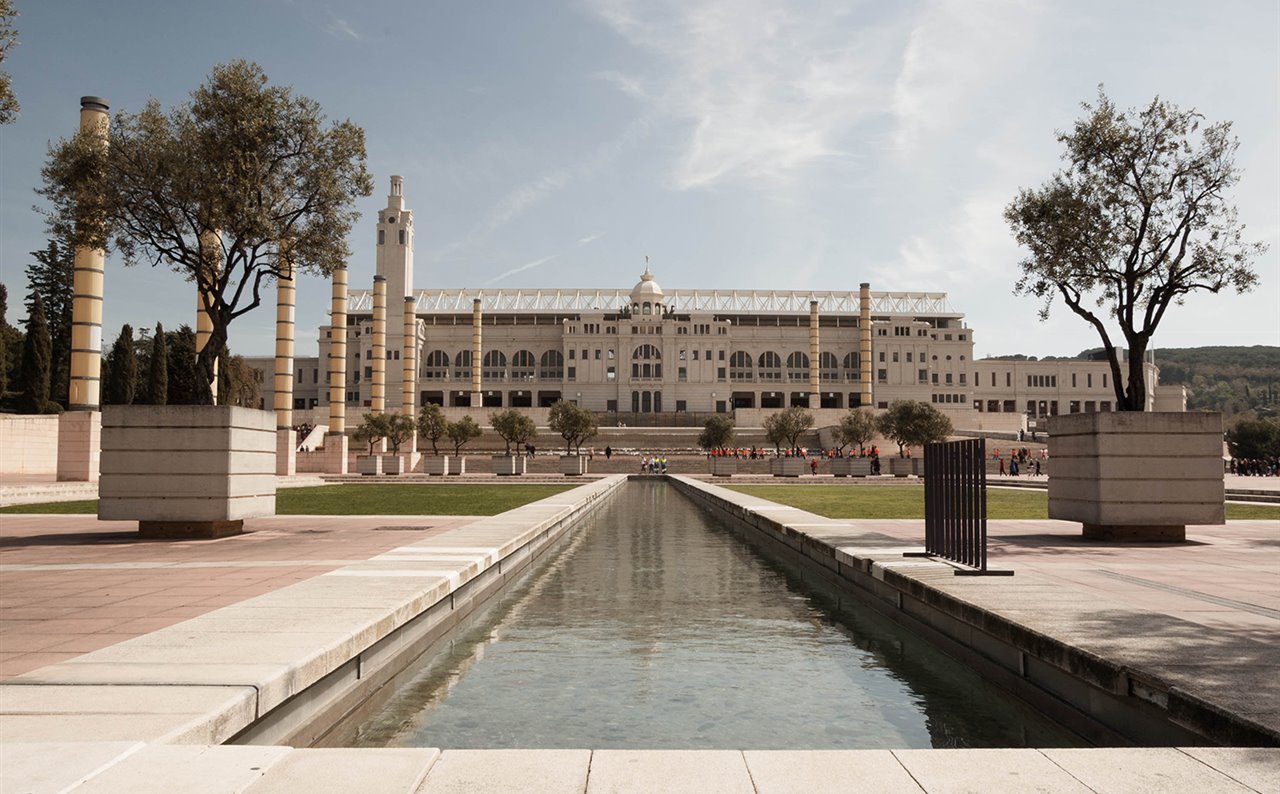
He died at the age of 96 and, together with Alfonso Mila, was responsible for symbolic works in the capital such as the Olympic Ring in Montjuïc and the restaurants Il Giardinetto and Flash-Flash. He was an architect whose work was closely linked to the evolution of the place and the image it creates. The cosmopolitan and progressive Barcelona that, from the 1960s onwards, began to conquer spaces of freedom in the midst of the stifling cultural climate of Franco's regime and which finally appeared before the world with the 1992 Olympic Games, cannot be understood without understanding the fundamental contribution of Federico Correa, who died on 19 October at the age of 96 at his home in Barcelona.
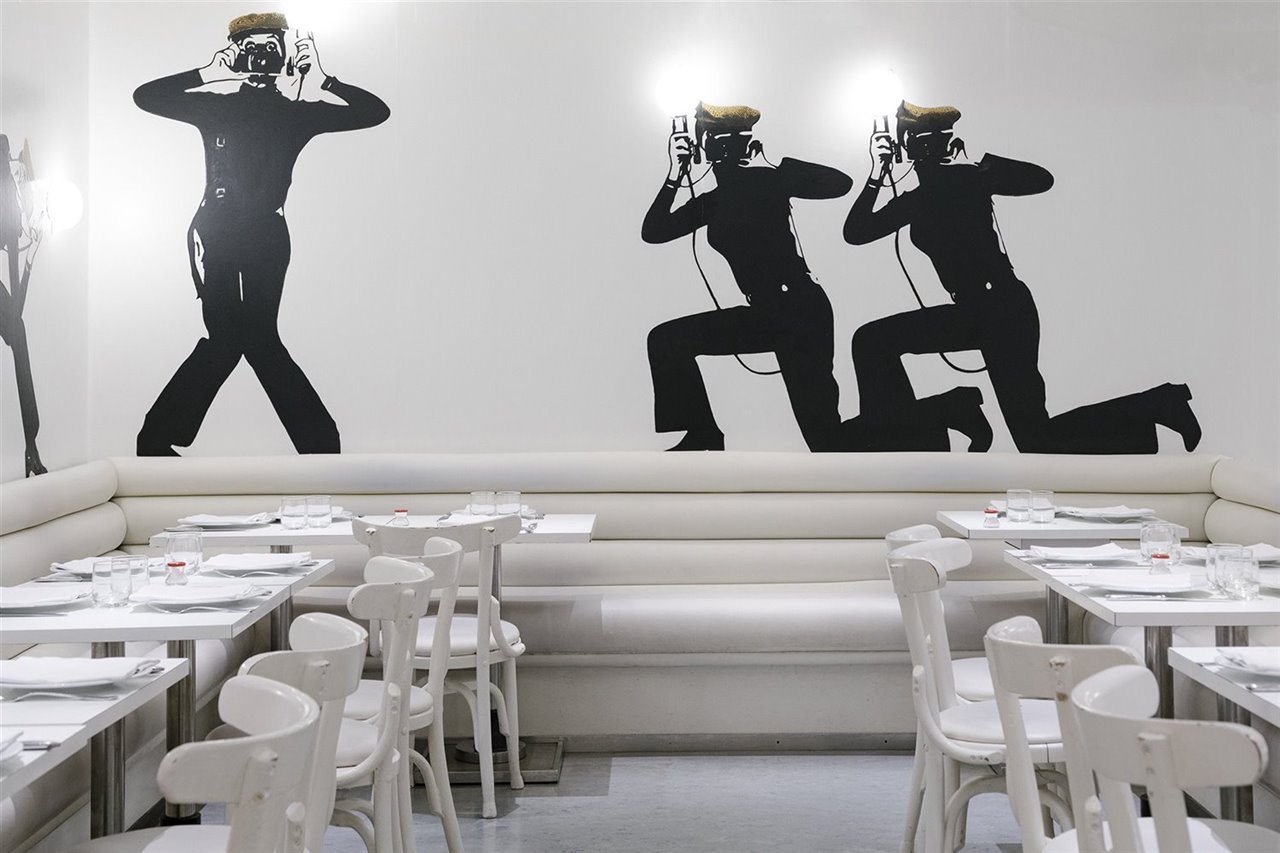
Tortillería Flash (1970)
In close, long-lasting and fruitful tandem with Alfonso Mila - older brother of the 'father' of modern Spanish design, Miguel Mila - with whom he was associated for more than 40 years, Federico Correa created some of the architectural landmarks that have marked the modernity of the Catalan capital. Starting with the Flash tortilla factory (1970) and the Il Giardinetto restaurant (1974, awarded the FAD prize in the same year and again in 2013 when it was renovated), two mythical places in Barcelona's nightlife where the 'gauche divine', the progressive bourgeoisie met, from which many of the architects of Barcelona's cultural, architectural and political splendour of the next two decades emerged.

Restaurant il giardinetto (1974)
The Montjuïc Olympic Stadium project with architects Carles Buxadé and Joan Margarit, the overall plan with which they harmoniously integrated the main venues of the Olympic Games, the Lluís Companys Olympic Stadium - which they also redeveloped with Italian architect Vittorio Gregotti, who died in March 2020 - and the Palau Sant Jordi with Arata Isozaki.
Other outstanding projects in Barcelona include the Atalaya Tower (1972), their tallest building, the reform of the Plaza Real (1981) and the headquarters of the Diputació de Barcelona (1987), a delicate exercise in interweaving contemporary language with the modernist style of Casa Serra by Puig and Cadafalch, designed with Francesc Ribas and Javier Garrido.

Atalaya Tower (1972)
A pupil of the master José Antonio Codercha, Federico Correa conceived architecture as a service to society, which did not prevent him from always having the impeccable image of an eternally elegant dandy. Just as important as his work was his teaching work at the Barcelona School of Architecture (ETSAB), where he became a legendary teacher, and which took place in two phases: the first, from 1959 to 1966, as a composition teacher, and the second, after he was expelled along with dozens of other teachers for being critical of Franco's regime, from 1977 until his retirement in 1990 as a professor of design.
Some of his students were Óscar Tusquets and Lluís Clotet. Meanwhile, he did not waste his enthusiasm as a teacher and helped found the Eina design school, another emblematic institution of Barcelona's creative world.

Diana lamp, co-designed with Alfonso and Miguel Mila and published by Santa & Cole (1995)
Although he was not well-known in the field, Correa also contributed to the design of objects, in particular the Diana lamp, which he created with Mila for the official office of Pasqual Maragall when he was mayor of Barcelona, and which has been sold by Santa & Cole since 1995.
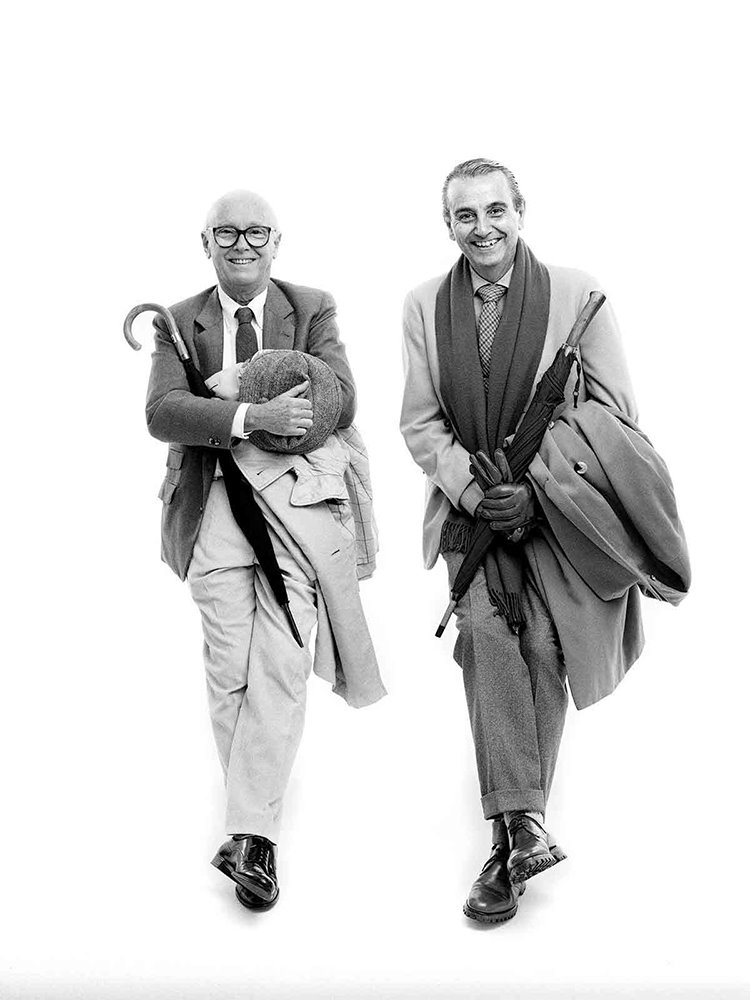 Federico Correa (right) and Alfonso Milá were schoolmates and later partners for more than 40 years
Federico Correa (right) and Alfonso Milá were schoolmates and later partners for more than 40 years
Source :



